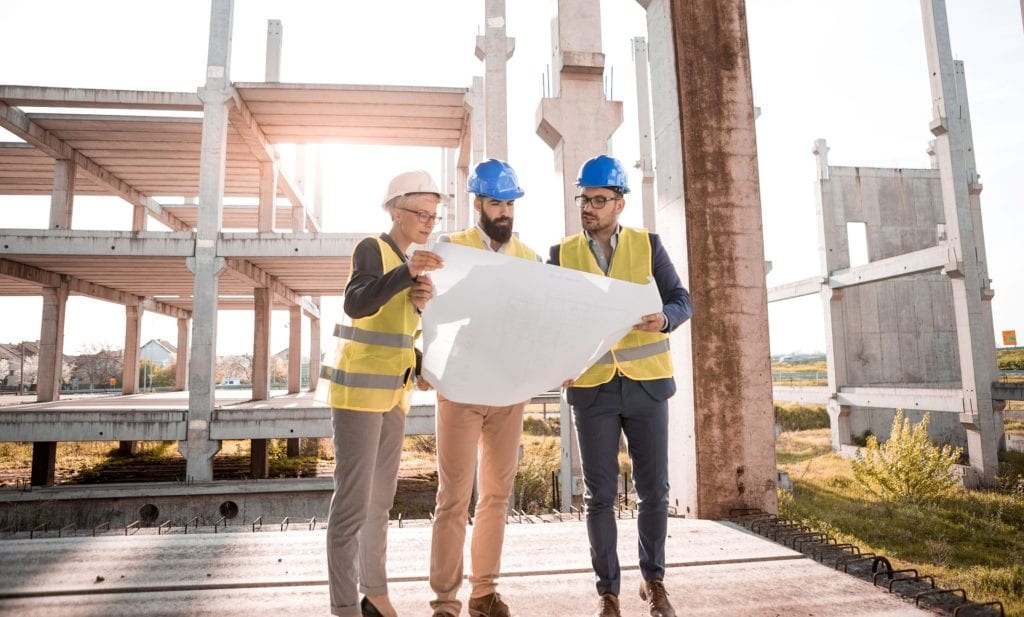A world without construction would be a lifeless, desolate place. It is the backbone of modern civilization and has changed quite dramatically over time. And with COVID-19 on its way, it’s set to change even more than before as we adapt in order to survive this new threat that threatens our livelihoods and lives alike.
So, what lies ahead for the Australian construction industry? In what direction are we heading? Is construction growth in Australia likely to continue after Covid-19?
Australia’s construction industry during Covid-19
The result of a new virus – Coronavirus (COVID-19) pandemic has caused significant damage not just economically but also socially around the world; impacting various industries including the construction sector where joblessness is at an all-time high in many countries, including Australia.
The Australian construction industry contracted 6.6% in 2019 and fell to an estimated 4% in 2020, as indicated in the latest report from BusinessWire on March 2nd.
The fall in 2020 was driven by low confidence and oil price drops due to COVID-19. Labor shortages are causing construction growth limitations, while certain impacts continued to occur, such as restricting access to basic services like transportation that led many people without access or mobility challenges.
As a result of the unforeseeable situation in 2020, the total value of construction completed in the country declined by 2.8% year over year (YoY) during the first three quarters of 2020, according to the Australian Bureau of Statistics (ABS).
Construction boom in Australia despite Covid-19

Covid-19 is a great opportunity for engineers to network and learn from each other.
Despite Covid-19, the construction sector in Australia continues to fight and grow. The Australian government has announced in mid-June 2020 that 15 infrastructure projects worth AUD72 billion (US$49.1 billion) have been fast-tracked and this means over 60 thousand direct and indirect jobs are now being sustained.
And to make this news even better, the federal, state, and territorial governments have completed an agreement to shorten the approval process for infrastructure projects by half. In October 2020, the federal government has made a commitment to invest AUD7.5 billion (US$5.4 billion) towards transportation-based investments as it seeks solutions for congestion, travel efficiency, clean air production, and greenhouse gas emissions reduction; all while strengthening our overall safety by providing additional options during an emergency situation such as this devastating pandemic. This number brings to the federal government’s total commitment to AUD14 billion (US$9.5 billion) that will fund infrastructure and other construction-related issues over four years of pandemic outbreak time.
Furthermore, it is anticipated that the Australian government will be able to put its infrastructure-led economic revival plan into effect in 2021. This would mean new and accelerated spending on public transportation or highways.
This is great news for those in the industry but how long will it last?
Some concerns about the sustainability of this boom
Australia is in the midst of a construction boom. However, there are some signs that this may come to an end soon:
A. The Australian government has imposed new taxes and regulations for foreign investors looking to invest in property development. These changes are aimed at regulating the market, but some experts argue they will only increase costs on potential buyers while lowering house prices.
The Australian government’s latest legislation is not without controversy as it imposes additional regulation and tax burdens that many say could drive up construction costs even further. Experts worry these measures may decrease demand by providing fewer incentives to buy properties with more price fluctuations happening over time.
B. The construction industry is currently at a crossroads due to the increased demand for skilled labor brought by the Covid-19 pandemic.
A lack of qualified workers has caused the cost for residential building projects, as well as commercial buildings, to have been steadily increasing over the past few years. Prices are expected to continue rising until there are enough laborers with relevant skillsets and experience on hand that can meet current demands.
One possible solution could be investing in apprenticeship programs where students work alongside accomplished professionals who may eventually train them how to do what they’re doing themselves – although this would require some upfront investment by companies looking to update their workforce pipeline from within rather than relying on outside talent acquisition strategies which come with additional costs associated towards recruitment, relocation expenses and more.
C. Interest rates could still rise further as inflation picks up, affecting the construction industry. The future of this sector is uncertain and it can be hard to predict what will happen in such a situation without data on past trends.
Interest rates could continue to climb which will affect many industries including the construction industry because they have an impact on how much people spend for goods and services that require labor or materials like steel, concrete, drywall, etc.
What we can expect from the future of construction in Australia

Australian construction is going to be a lot different in the next 20 years, thanks to new technologies.
The key takeaway here is that there isn’t any concrete information available on how the Australian construction industry might change after Covid-19, so we can only speculate as such at the moment.
One thing is pretty certain, though: collaboration among the Australian government, people, and those in the construction sector will sustain the growth in the construction industry happening now, or even move beyond it.
The government has been investing in infrastructure and people are taking notice. With the latest round of budgets, almost $250 billion dollars will be directed towards much-needed projects such as roads, bridges, buildings, and more from 2020-2024.
Construction companies and their workers, as well as the general public, need to continue observing the Covid-19 safe practices when they’re building anything from skyscrapers down to houses. Those that don’t follow these guidelines won’t last long moving forward, so it’s important for everyone in the industry to be always aware of this new safety measure.
Ultimately, all these changes will lead to a better future for everyone involved – not just now but decades into the future when everyone will be able to take part in top-quality construction that is currently taking place.
